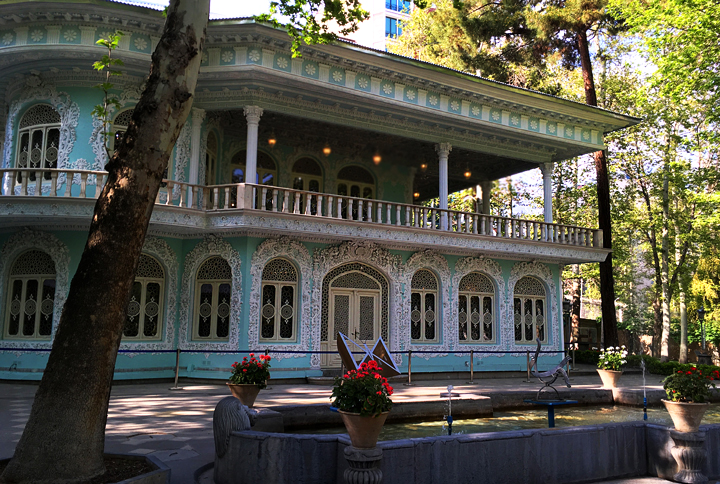Iranian garden museums have a worldwide reputation, some of which are listed on UNESCO’s World Heritage List. Tehran's most famous garden museums include:
Saadabad Palace Garden Museum
With an area of 1 million and 100,000 square meters, this garden museum has the largest green space in north of Tehran. Saadabad Palace was originally the summer palace of the Qajar kings, but in year 1920, with the addition of green spaces and palaces, it became a summer residence for Reza Shah. Later on, other palaces were constructed for the members of the Pahlavi dynasty to reside in. after the Islamic revolution these palaces turned into museums. The most famous museums in this complex are the Green Museum and the Summer Palace.
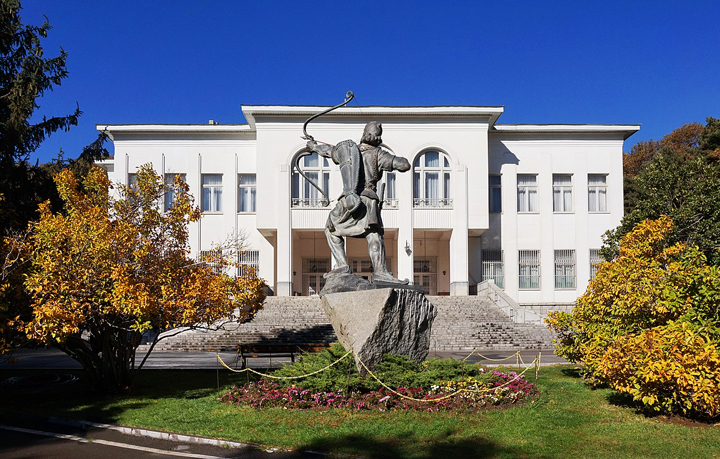
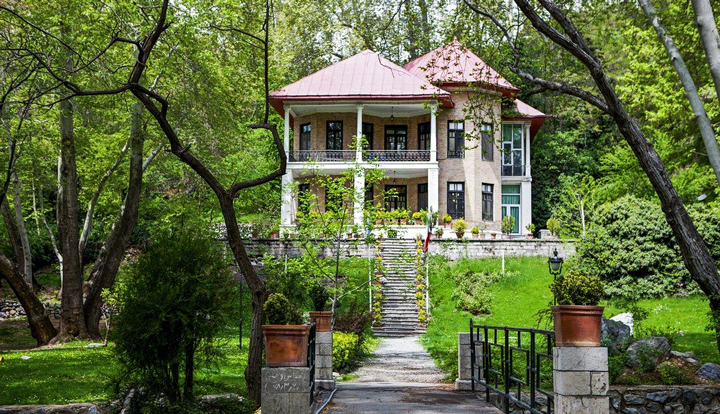
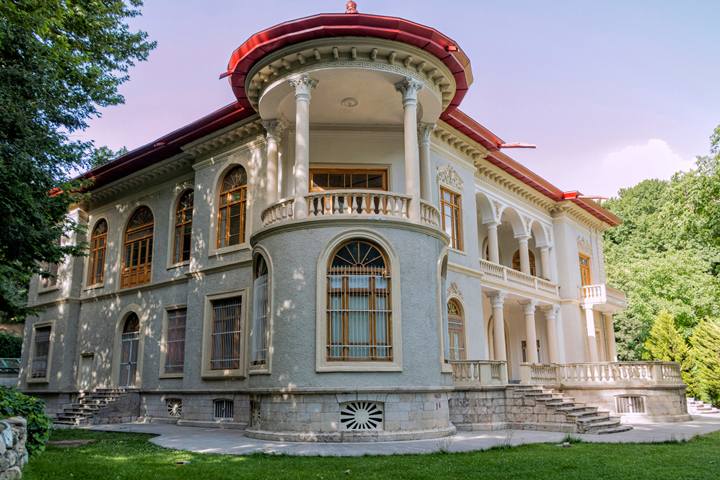
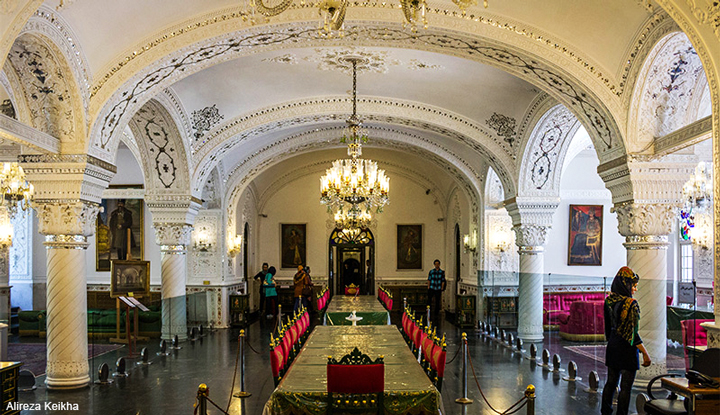
Niavaran Palace Garden Museum
This 2-hectare garden, which is located in north of Tehran, was originally the summer residence of Fath Ali Shah Qajar. Later Nasser al-Din Shah built the Sahebqaraniyeh palace in this complex. During the Pahlavi dynasty a mansion was built to house Mohammad Reza Shah's family. Most of the complex’s mansions with the furniture inside them, turned into museums in year 1986.
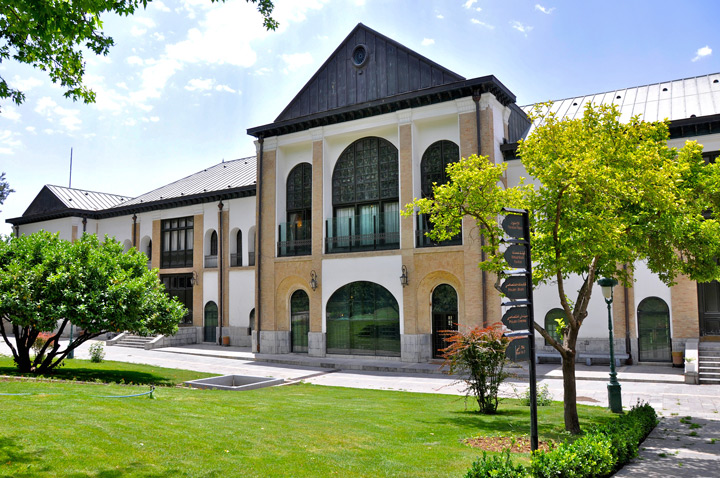
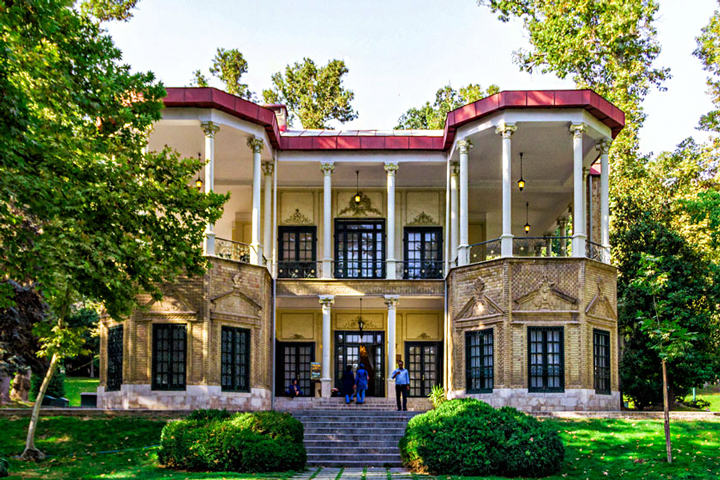
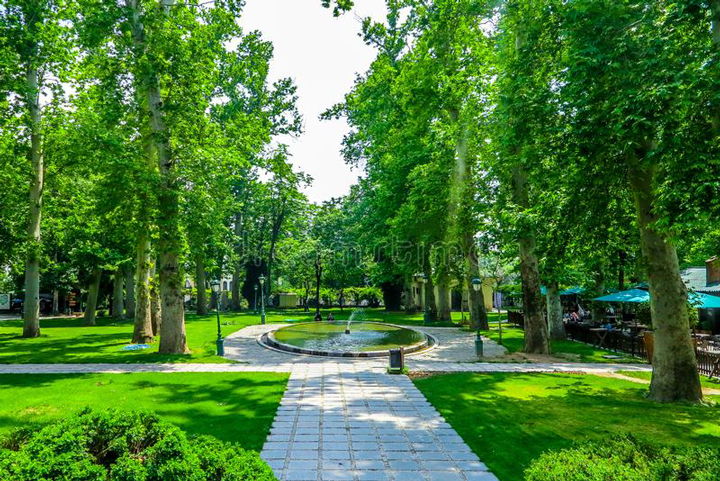
Golestan Palace Garden Museum
This 5.4 hectare garden has existed in Arg Square of Tehran since 1609 and the Safavid era. Major changes were made to this garden during the reign of Nasser al-Din Shah. Later, the 2 shahs of Pahlavi were also crowned in this palace. The museums of this palace are very charming in terms of architecture, tile works, etc ... The famous buildings of Golestan palace include the Mirror Hall, the Marble Throne Veranda and the Shams al-Amara mansion which is the first multi-storey building in Tehran. The palace was registered as a humanity heritage by UNESCO in 2013.

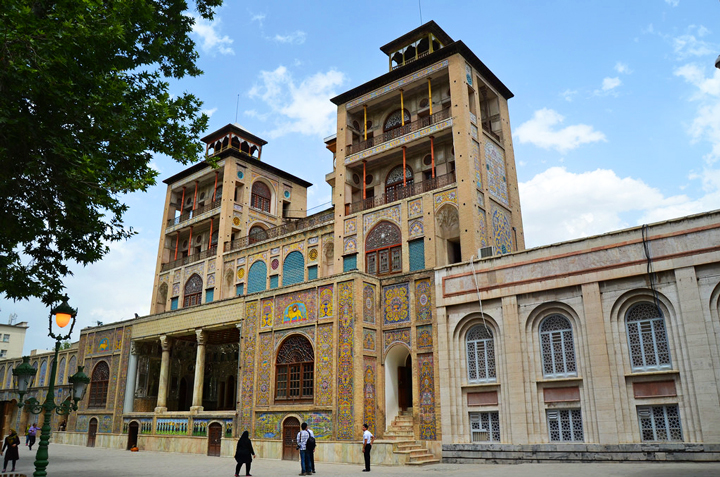
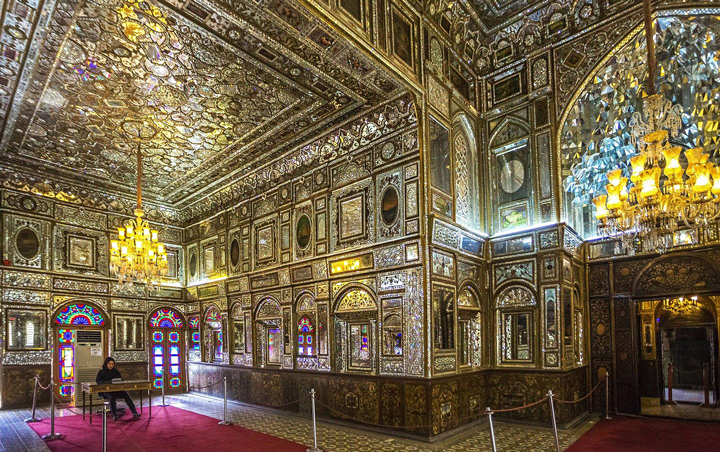
Masoudieh Palace Garden Museum
This complex has an area of 4000 square meters and was built in the year 1960 by the orders of Massoud Mirza, son of Nasser al-Din Shah. Masoudieh Palace is of great architectural value because of its exquisite plastering, tile works, calligraphy, wall paintings, frescoes and decorative arts. This complex has been listed in the National Monuments List of Iran in year 1997.
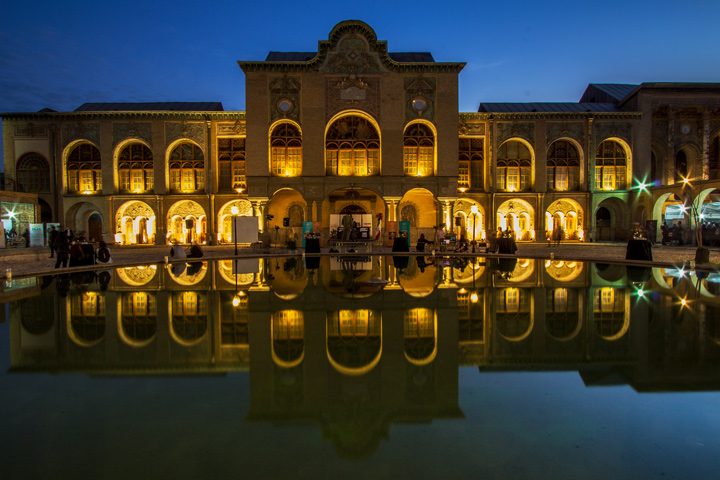
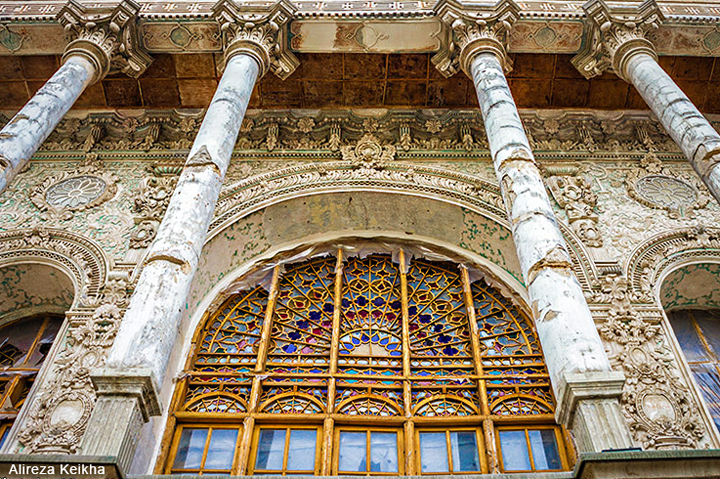
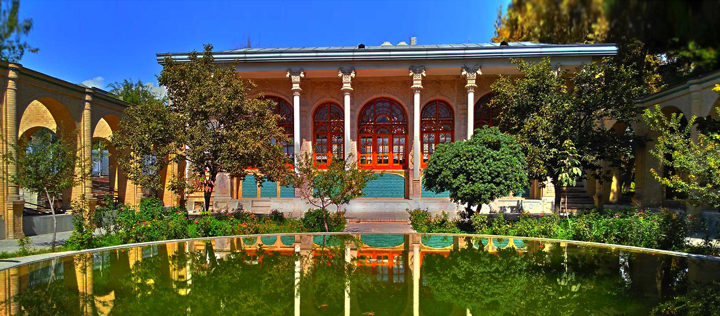
Iranian Art Garden Museum
With an area of less than one hectare, this garden is located in Elahieh district of Tehran and its history dates back to the first Pahlavi era. There is also a beautiful mansion in the garden, which is used as an exhibition and educational space. Twelve replicas of the most famous monuments throughout Iran, built by Italian artists, such as Tehran’s Azadi (Liberty) tower, Tehran’s Milad Tower, Shams al-Amara Mansion, Gonbad Qaboos, Naqsh-e- Rostam, Isfahan’s Si-o-se-pol, Chehelsotoun Mansion, Hasht Behesht (Eight Paradise), Zanjan’s Soltanieh, Qareh Kelisa (Church), Kashan’s Fin garden, Mahyar Caravanserai, etc… are installed in this garden. The volume works of famous Iranian artists are also displayed in this garden on a permanent basis.
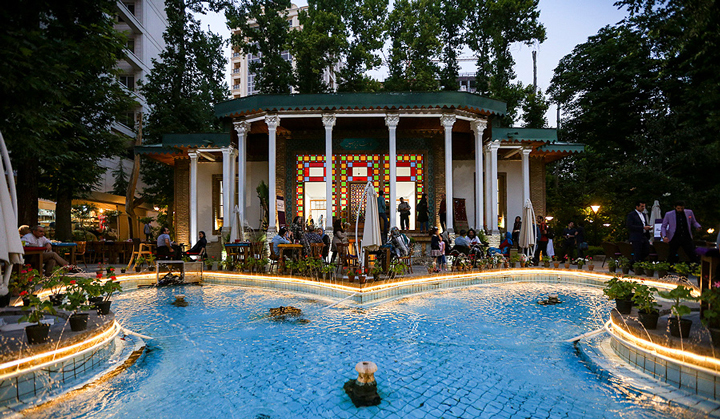

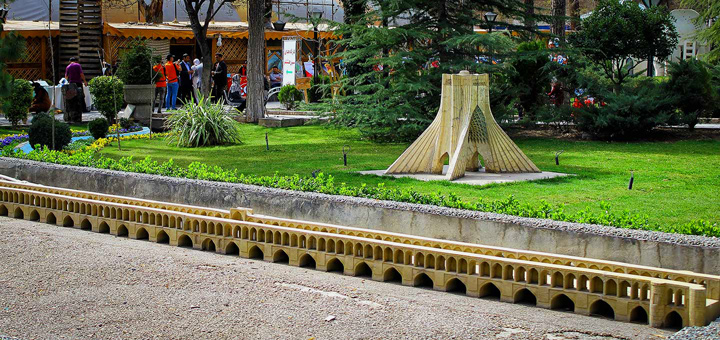
Bagh-e-Ferdows Garden Museum
Bagh-e-Ferdows is one of the most valuable and historical houses in Shemiranat district of Tehran which has been in existence since the Qajar dynasty until today. Later, the garden was assigned to Reza Shah because of financial reasons. In year 1350 the mansion located in this garden turned into a cultural and exhibition center. This garden has been used as cinema museum complex since 2002.
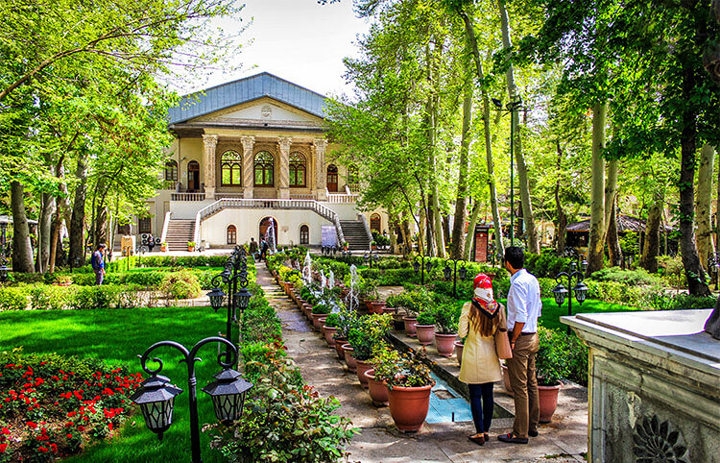
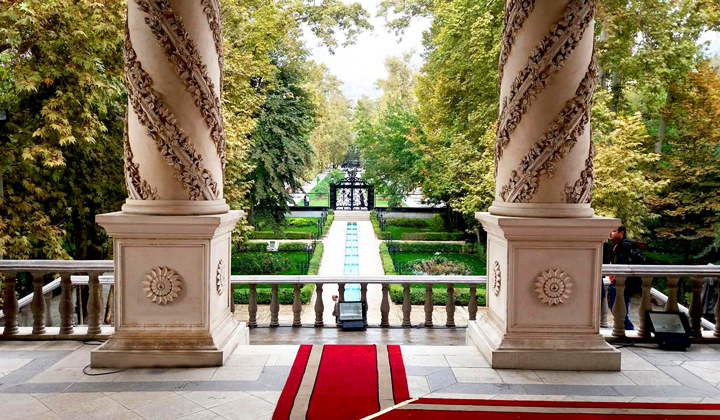
Dr. Hessabi Garden Museum
Dr. Hessabi’s garden museum was opened at his house, a few months after his passing away in year 1992. Professor Hessabi's museum is located in Tehran's old Maghsoudbeyk neighborhood in Tajrish and is nearly 100 years old. The museum is set up on the west side of a 4,000-square-meter garden on the third floor of Dr. Hassabi's residential house. This museum displays Dr. Hessabi's personal belongings and his handicrafts, certificates of appreciation, his educational and scientific documents and scholarships, medals and badges, family photos, and more…. This museum also exhibits works presented to Dr. Hessabi, including paintings, calligraphies, carpets, and traditional handicrafts along with all his compiled and translated works.
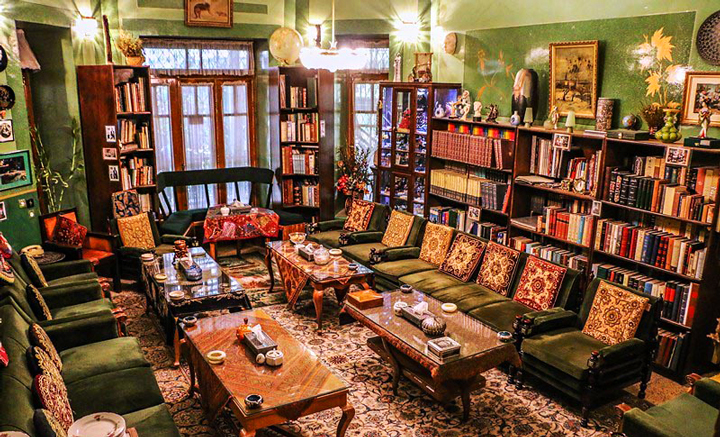
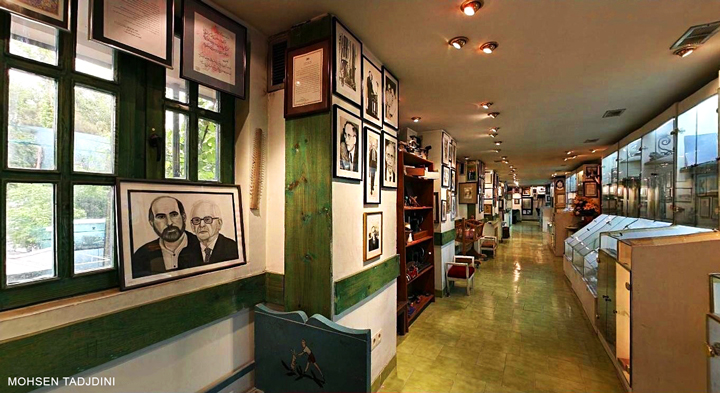
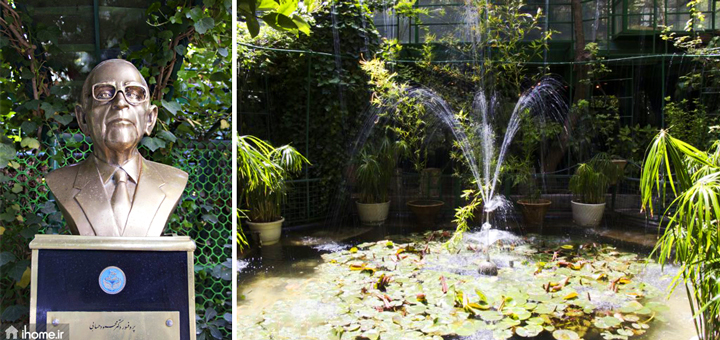
Moghadam Garden Museum
Moghaddam historic mansion (ancestral house of Master Mohsen Moghaddam) is located in an area of 2117 square meters, near Tehran’s Tupkhaneh Square and has remained in existence since the late Qajar era. This house is known as one of the most expensive houses in the world because of its valuable assets and objects inside. Mohsen Moghaddam was the first Iranian archaeologist and a student of Kamal-ol-Molk. At the time, Master Moghaddam and his French wife decided to buy the precious objects from Iran that were facing destruction, and to collect them in this house.

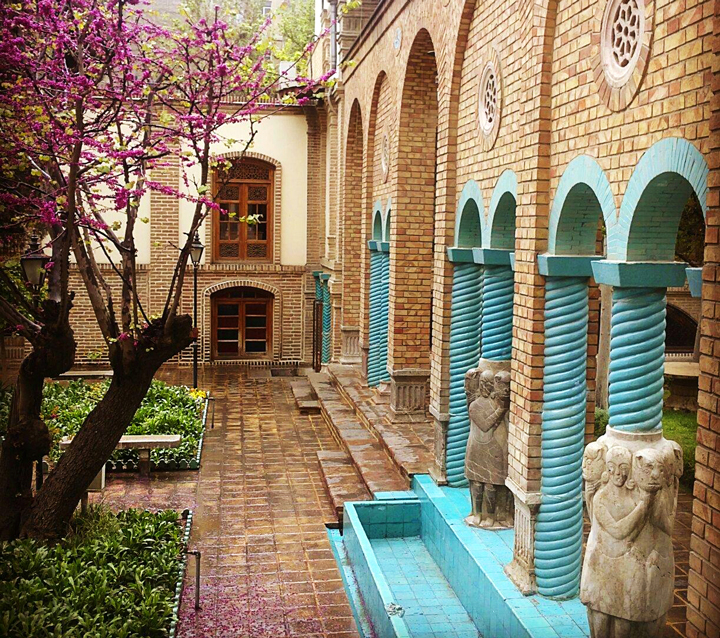
Time Garden Museum
The Museum of Time is a historic mansion located in a 6700 square meter garden. The history of this garden dates back to the Qajar kings, including Nasser al-Din Shah and Muhammad Shah Qajar. The tools show cased in this museum narrate the timeline practice of timing from the distant past to the present. Also, there are very expensive and exquisite watches on display at the museum.
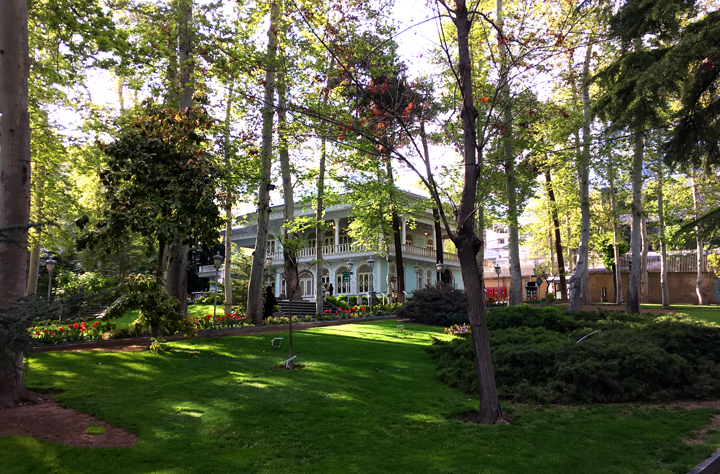
Negarestan Garden Museum
The hisory of this garden which is located near Baharestan Square, goes back to Fath Ali Shah of the Qajar Dynasty. The grand mansion located in this garden has become famous for its beautiful paintings and portraits of the Qajar courtesy’s members. At the time of Nasser al-Din Shah’s reign, a part of this garden was dedicated to an educational space and among its graduates were Malek o-Sho'arā Bahār, Ali Akbar Dehkhoda and Dr. Mahmoud Hessabi. This pavilion style complex has two mansions called Delgosha and Ghalamdan Hall. Also, there are 64 rooms, 4 halls and a library with 4 lounges located in the complex. All the halls and rooms of Negarestan Garden Museum are decorated with mirrors, golden motifs and valuable chalets.
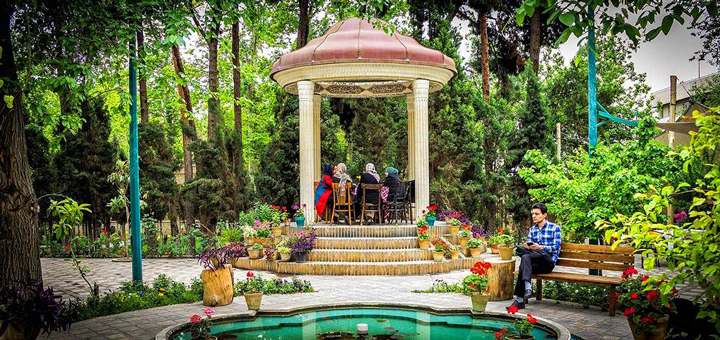
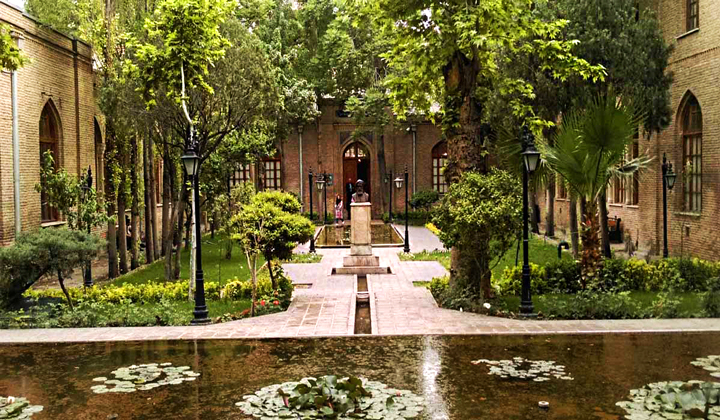
References:



